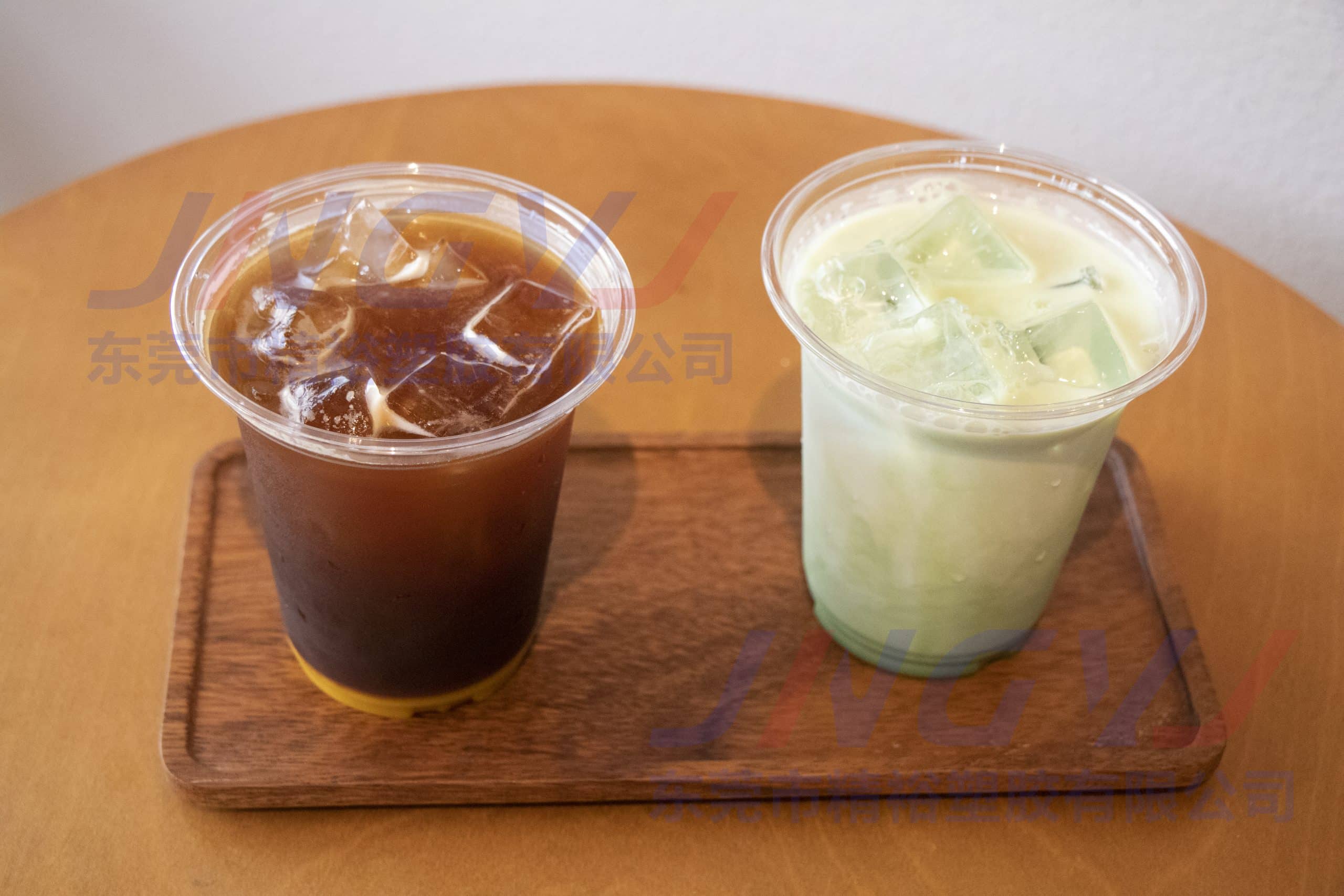Global Plastic Cups Industry: Emerging Markets, Technological Frontiers, and Sustainable Transitions
News 2025-06-07
1. Diverging Regional Trajectories: Growth Engines and Regulatory Landscapes
The global plastic cup market is undergoing dramatic regional differentiation. While mature markets like Europe face strict decarbonization mandates (EU’s PPWR requires 40% recycled content in cups by 2030), Southeast Asia emerges as a growth hotspot, with Indonesia and Vietnam’s disposable cup markets expanding at 12% CAGR driven by rising street food and instant beverage consumption. In Africa, Nigeria’s plastic cup industry—valued at $450 million in 2025—is fueled by informal sector demand, though lagging recycling infrastructure creates environmental challenges.
Contrastingly, North America sees premiumization trends: the U.S. reusable coffee cup market grows at 9% CAGR, led by brands like Yeti (35% market share) offering insulated, dishwasher-safe designs. Meanwhile, MENA regions like Saudi Arabia invest in biodegradable solutions for religious gatherings—over 2 billion disposable cups are used during Hajj, prompting trials of date-palm fiber composite cups by local startups.
2. Cutting-Edge Technologies Redefining Materials and Production
2.1 Nanotechnology and Biohybrids
- Graphene-Reinforced Plastics: South Korean firm NanoHybrid’s graphene-PP composite cups boast 25% higher heat resistance (150°C) and 30% reduced weight, adopted by airline caterers for in-flight meals.
- Mycelium Biocomposites: Bolt Threads’ mushroom-root-based material, Mycelium™, is being tested for cup lids, offering fully compostable, water-resistant solutions with a 12-week degradation cycle in soil.
- 3D-Printed Customization: Desktop Metal’s binder jetting technology enables on-demand production of personalized cups with complex geometries, used by event planners for limited-edition designs (lead time reduced from 4 weeks to 48 hours).
2.2 Smart Manufacturing Across Continents
- Robotic Sorting in India: Tetra Pak’s AI-powered optical sorters in Mumbai achieve 99.5% purity in recycling polypropylene layers from paper cups, boosting rPP recovery rates from 18% to 45%.
- Digital Twin Production: German engineering firm Engel uses virtual models to optimize cup injection molding, cutting energy use by 22% and material waste by 19% for clients like Solo Cup.
- Solar-Powered Microfactories: In rural Kenya, Off-Grid Cups operates solar-powered mini-plants producing 5,000 cups/day from locally collected agricultural waste, reducing reliance on imported PET.
3. Consumer Behavior Shifts: Values-Driven Choices Worldwide
3.1 Emerging Market Priorities
- Price vs. Sustainability: In Brazil, 68% of consumers prioritize affordability for disposable cups, but brands like Nubia (using 20% sugarcane-based PLA) gain market share by pricing premium 15% above PET alternatives.
- Religious and Cultural Influences: In Indonesia, halal-certified PP cups (free from animal-derived additives) capture 32% of mosque event orders, while in Japan, minimalist “wabi-sabi” designs on reusable cups drive 25% higher sales for MUJI.
3.2 Premiumization in Mature Markets
- Health-Conscious Innovations: U.S. brand Contigo’s “Autospout” technology reduces germ contact by 99%, appealing to post-pandemic hygiene concerns—their sports cups dominate 40% of Amazon’s “smart water bottles” category.
- Subscription Models: Australia’s CupClub offers a $9/month reusable cup subscription, including access to 2,000+ cafes, with 78% user retention with the promise of zero landfill waste.
4. Policy and Corporate Strategies: Navigating Global Standards
4.1 Regulatory Patchworks
- China’s Extended Producer Responsibility (EPR): By 2026, cup manufacturers must finance 50% of recycling costs, pushing firms like Xiamen Keyuan to adopt “mono-material” designs (single PP layer vs. PP+PE composites) for easier recycling.
- California’s AB 1201 Law: Mandates 25% recycled content in food packaging by 2030, leading Dart Container to build a $120 million rPET facility in Fresno, targeting 50% recycled content by 2028.
- African Union’s Plastic Action Plan: Aims to reduce single-use plastics by 70% by 2040, with Rwanda’s complete plastic ban (expanded to cups in 2025) inspiring Uganda to tax non-degradable cups at 15%.
4.2 Corporate Leadership 案例
- Unilever’s CupCycle Initiative: Partnering with Loop, Unilever offers refillable ice cream cups in 12 markets, with return rates exceeding 85% in Germany through deposit systems.
- Starbucks’ Global Reusable Cup Fund: Invests $100 million in developing countries to scale cup-sharing infrastructure, including 500,000 reusable cups deployed in Mexico City’s coffee shops.
- Alibaba’s Green Supply Chain: Uses blockchain to track biodegradable cup materials from Southeast Asian palm oil waste to Chinese factories, ensuring 100% sustainability claims verification for 跨境电商.
5. Future Horizons: 2030 Vision for a Circular Industry
By 2030, the global plastic cup market will be defined by three pillars:
- Material Circularity: Over 50% of cups will contain bio-based or recycled materials, with chemical recycling (e.g., Loop Industries’ PET depolymerization) achieving price parity with virgin plastic.
- Digital Integration: IoT-enabled cups (e.g., embedded NFC tags) will dominate premium segments, providing real-time usage data for brands— 预计 2030 年智能杯占比达 18%.
- Regional Innovation Hubs: Africa’s cashew nut shell waste will supply 15% of global bio-resins, while Latin America’s sugarcane-based PLA will meet 30% of North American demand.
Conclusion: A Multipolar Industry Transformed
The plastic cup industry’s future is not one-size-fits-all but a mosaic of regional innovations, regulatory experiments, and consumer values. From Nairobi’s solar-powered microfactories to Seoul’s graphene labs, the path to sustainability is as diverse as the markets it serves. For businesses, success lies in aligning with local needs—whether affordability in emerging economies or tech-driven premiumization in the West—while embedding circularity into every stage of the value chain.
As consumers increasingly vote with their choices, the humble plastic cup stands as a testament to global collaboration: a product reimagined not as waste, but as a canvas for technological ingenuity and cultural expression.
View the product now: https://www.jypetcup.com/category/product/pet-cup/




